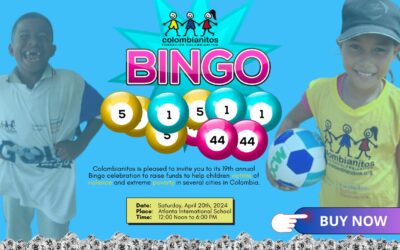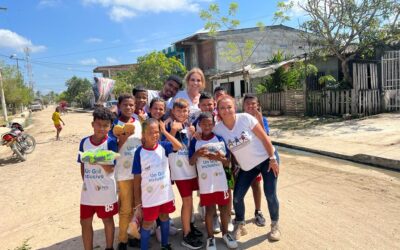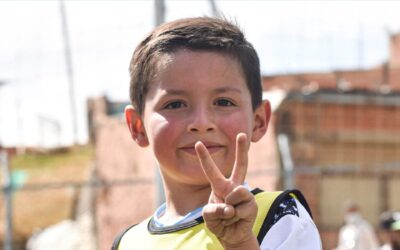Juan Pablo Ángel, star of the Atletico National, River Plate and Aston Villa, is the visible head of “Gol & Paz”, one of the initiatives of reconciliation after the eternal armed conflict.
A program of reconciliation in Colombia based on football is not a simple gesture, nor something symbolic. During the plumb years, the tentacles of narco-trafficking, one of the basics of a wide war, they pounced over the football ball ripping apart its spine. Now, since football is feeding the hope of truce and tranquility. Juan Pablo Ángel (Medellin, 1975) was the star of Atletico National, River Plate (where he formed a brilliant lead with Aimar, Ortega and Saviola) and Aston Vila. He grew up “in a period of conflict with the narcos or the guerilla” and he does not remember “any support for social integration”. Since then, his experience has articulated one of the initiatives which fights for the end of violence.
This initiative is called Gol & Paz, and is united to the corporation Reconciliacion Colombia, ten organizations develop it together, (Colombianitos, Fundación Tiempo de Juego, Fútbol con corazón, Fundación Puerto Bahía, Fundación Carvajal -programa Golazo-, Fundación Talentos, Fundación Crecer Jugando, Fundación Sidoc, Contexto Urbano and World Coach).
And has the objective, as Ana ARIZABALETA, one of its directors, describes, “to articulate the postconflict, what comes after the signature of a treaty of peace.” The Plaza de Bolivar, in Bogota, has recently been the witness of one of its days of awareness.
Arizabaleta, chief executive at Colombianitos explains that they work “ for the boys and girls of the most vulnerable communities, where the conflict was most important: children and teenagers that lost family members in the conflict, displaced kids who came to the city to escape, and that are now alone.” Everything happens within a field. There they become guardian angels, psychologists, counselors and tutors. Juan Pablo Angel, far from the focal points but close to the population summarizes it like this “We work with population directly affected by the conflict , and the population affected by the lack of government, all of them damaged by the violence. We try to generate a tool for social transformation, to show values, teamwork, fellowship, acceptance.”
Explaining the Colombian military conflict is not easy at all. Vidal Martin, an expert in transitional Justice, Human Rights and Social innovation, has been studying it for almost a decade “It comes from a context of social and political exclusion, as well as an unequal distribution of wealth (here land). It is then, in the middle 60s, when the guerillas and specially the Fuerzas Armadas Revolucionarias de Colombia (FARC) as well as the Ejercito de Liberacion Nacional (ELN) appeared. Because of its appearance and taking of power in some territories (as there was no State), the paramilitares also appeared, they were a private group that were against them and that also took the power in some territories. In the first decade of the conflict the management of the land was very important as well as raw materials of different illegal economies , mainly coca.”
Here is where we start speaking about football, because the big drug cartels found in it a perverse diversion. Juan Pablo Angel knows very well until where the contamination of this sport, the most followed, arrived. “Football has always been an industry, and has been involved in the conflict through the owners, players or referees that were a part of it. It was a direct part of the conflict”.
With a broken spine, and various bullet injuries, the ball left blood stains in many of the stadiums. One of the most impacting cases was the assassination of the referee Alvaro Ortega in 1989. The championship was suspended but the silliness will still continue for some years.

VÍA: EL ESPAÑOL






